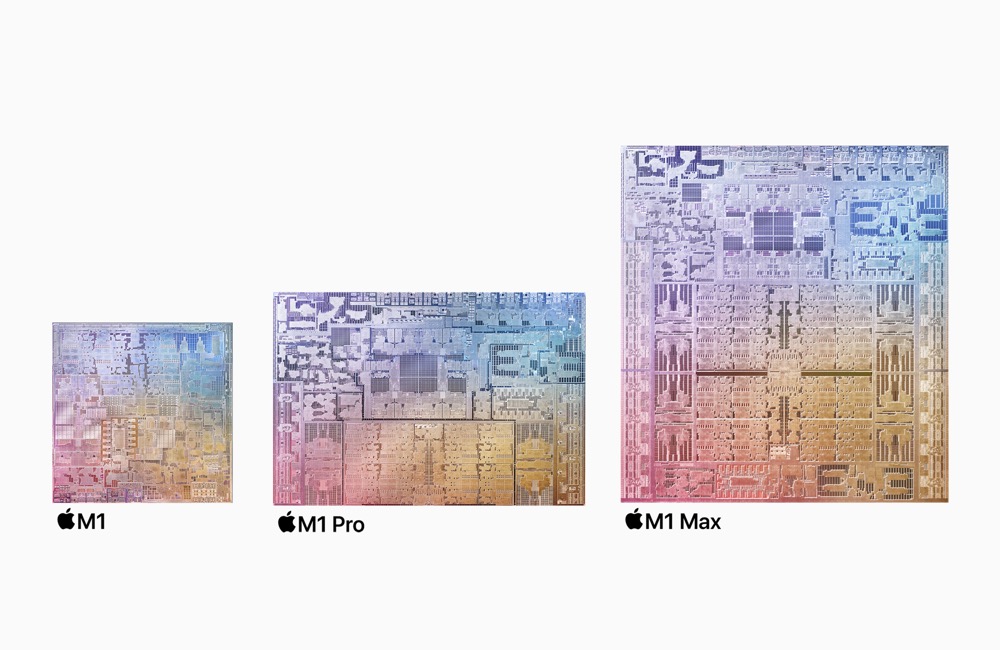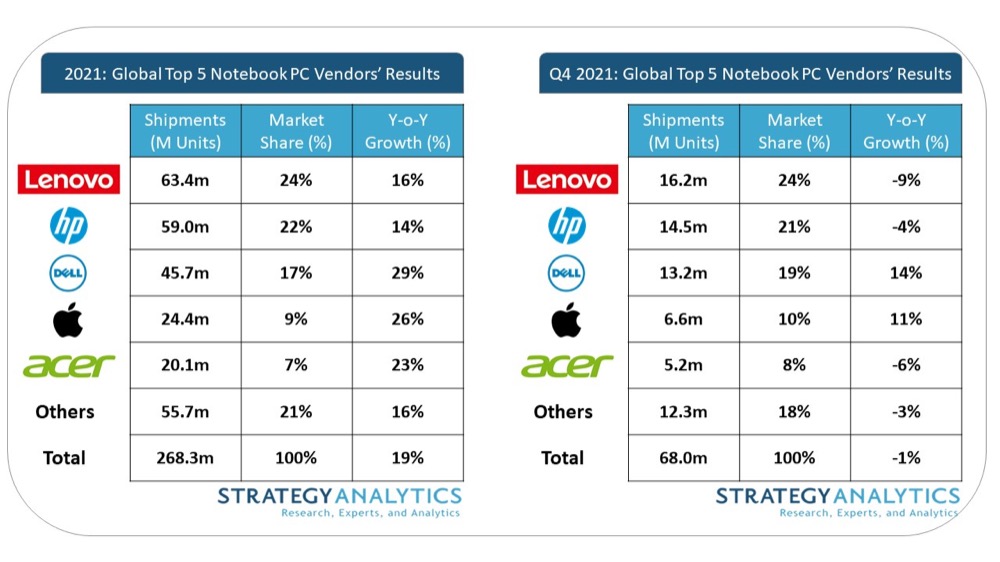Apple’s Mac silicon development roadmap comes into view

Three chips together: M1, M1 Pro, M1 Max
Apple amazed us with the introduction of the first M1 Apple Silicon Macs in November 2020. Fast, powerful and energy efficient, we purchased millions of them and most won’t ever look back. One year later, Apple introduced the M1 Pro and M1 Max chips inside MacBook Pro. These amazing machines consolidated Apple’s market lead. Now recent speculation gives us sight of what Apple’s roadmap for these processors might be.
What they say
A report tells us to expect a new iteration of Apple’s Mac processors later this year in the form of the M2. These new chips will deliver power and efficiency improvements (though they won’t be the 3nm Mac processors quite yet) and should first appear in Apple’s consumer Macs. Mark Gurman expects them to appear later this year in the entry-level MacBook Pro (which will lose the Touch Bar), MacBook Pro, Mac mini and 24-inch iMac.
In the interim, Apple is also expected to introduce M1 Max-powered iMac and a multi-core, possibly even a M Max Plus chip, inside its Mac Pro.
What this means
What this means is that Apple’s M-series chips seem to have a 18-36-month cycle between step iterations with a lesser gap when it comes to iterations within that.
Just as the M1 became the M1 Pro and M1 Max within a year, other generations will be similar. The first iterations of the chips appear in consumer devices, with increasingly powerful models for Pro devices to follow.
At present, this hints the following (NB: Don’t neglect earlier claims Apple seeks an 18-month cycle, so this schedule may accelerate):
- M1 Macs: November 2020
- M1 Pro/M1 Max: October 2021
- M2 Macs: c. October 2022.
- M2 Pro/Max: c.October 2023
- M3 Macs: c.October 2024
With additional configurations for iMac Pro and Mac Pro to slot inside this matrix.
This is speculative as ever but does suggest a viable road map for Apple’s Mac processor development.
Apple’s M-series Mac range.
It also suggests that Apple will begin to deploy 3nm chips inside Macs starting around October 2024, which tallies well with current expectation around chip foundry TSMC’s likely intent.
We had originally expected 3nm chips inside iPhones this year, but this has now become 2023. Given that means new iPhones with 3nm chips in fall that year, it’s reasonable to assume Apple may field Mac versions of those processors one year later than that.
Why this matters
So, put it all together and you have what may turn out to be a predicable road map for future Apple Silicon evolution, which also become a great guide for any third-party software developers who may have hopes to further enhance their applications.
Basically, it offers them a similar expectation to iOS developers, who can reasonably predict when Apple’s smartphones will become powerful enough to run features they may be working on.
That kind of road map stability will also inform enterprise corporate spending departments, who like to have good visibility around product introduction plans.

For users, developers and bulk purchasers, the big news (if Gurman is correct) is that Apple now has a solid road map for Mac evolution and that a more computationally performant model in any configuration is now perhaps 12-18-months away.
This is a very different environment from the one in which Apple has traditionally sat. The days of Apple’s Mac iterations being constrained by the ability of third party processor development companies to deliver have come to an end. Which should be very reassuring to some purchasers in some key markets.
Please follow me on Twitter, or join me in the AppleHolic’s bar & grill and Apple Discussions groups on MeWe.




